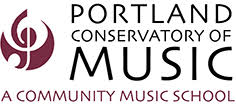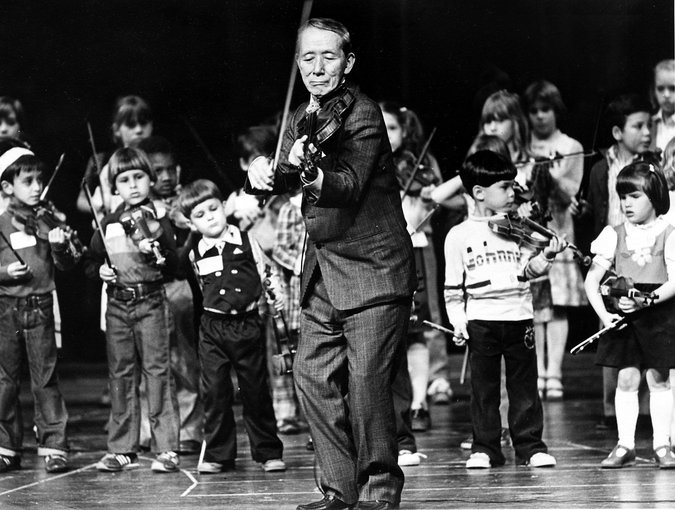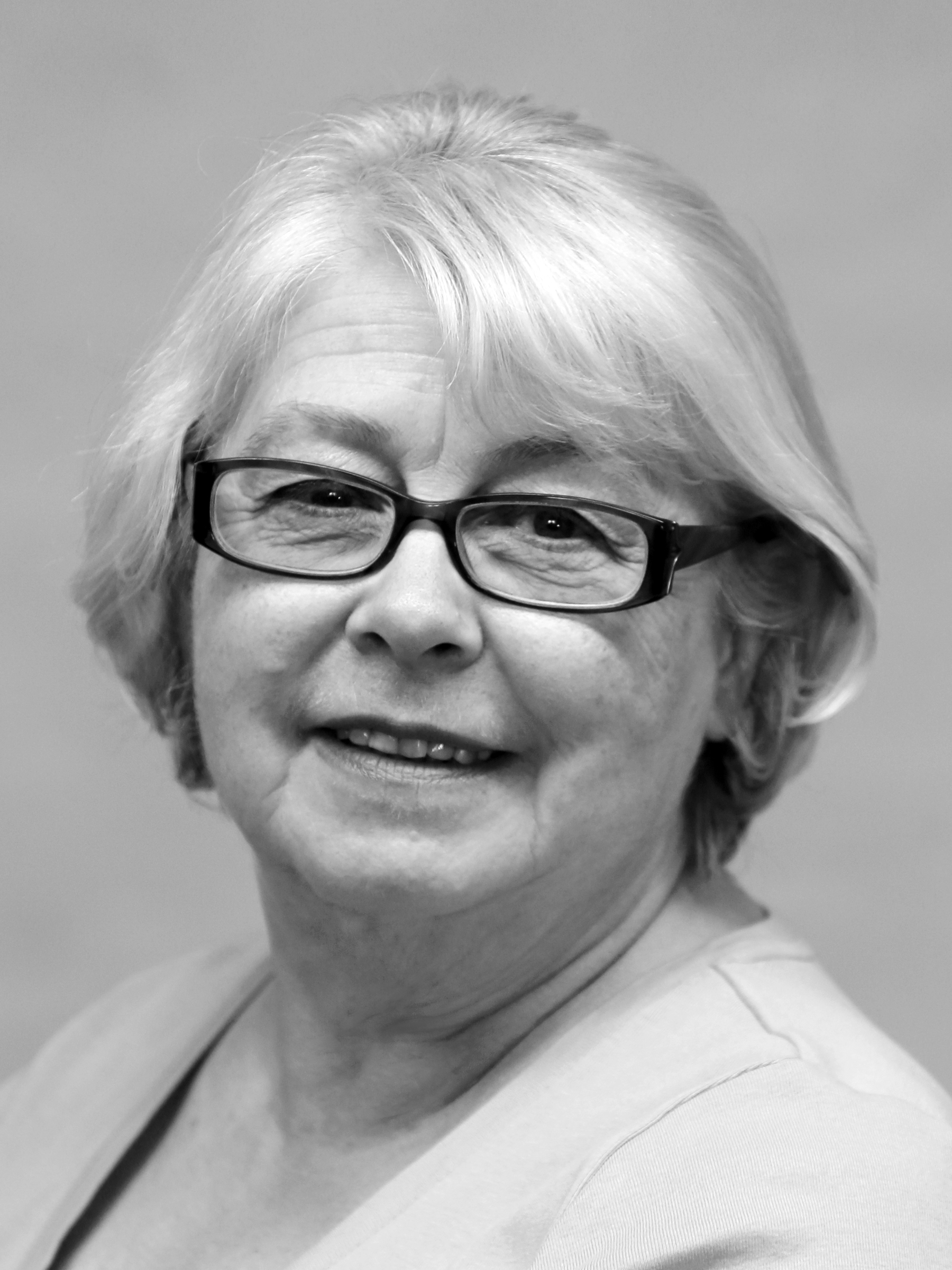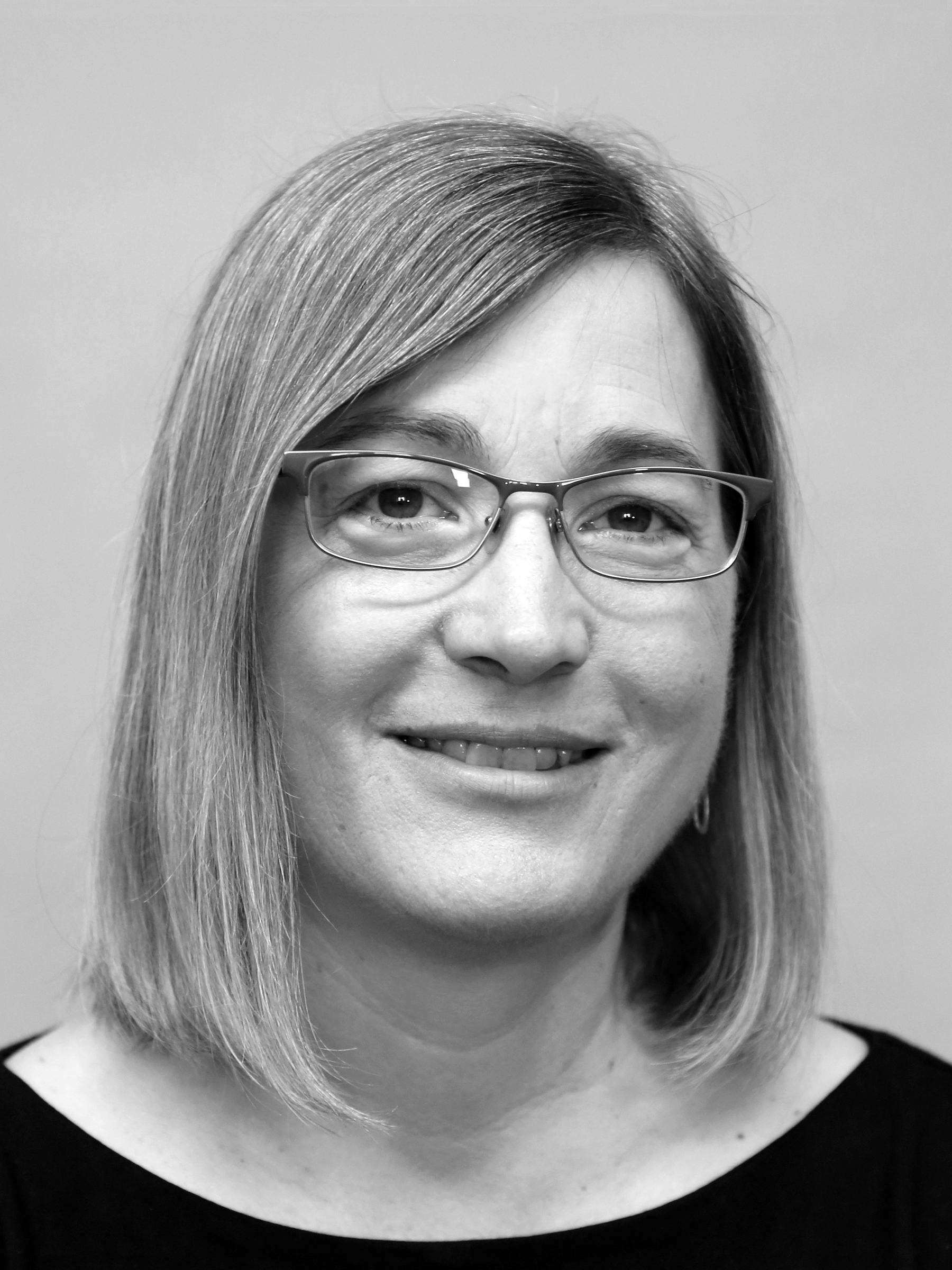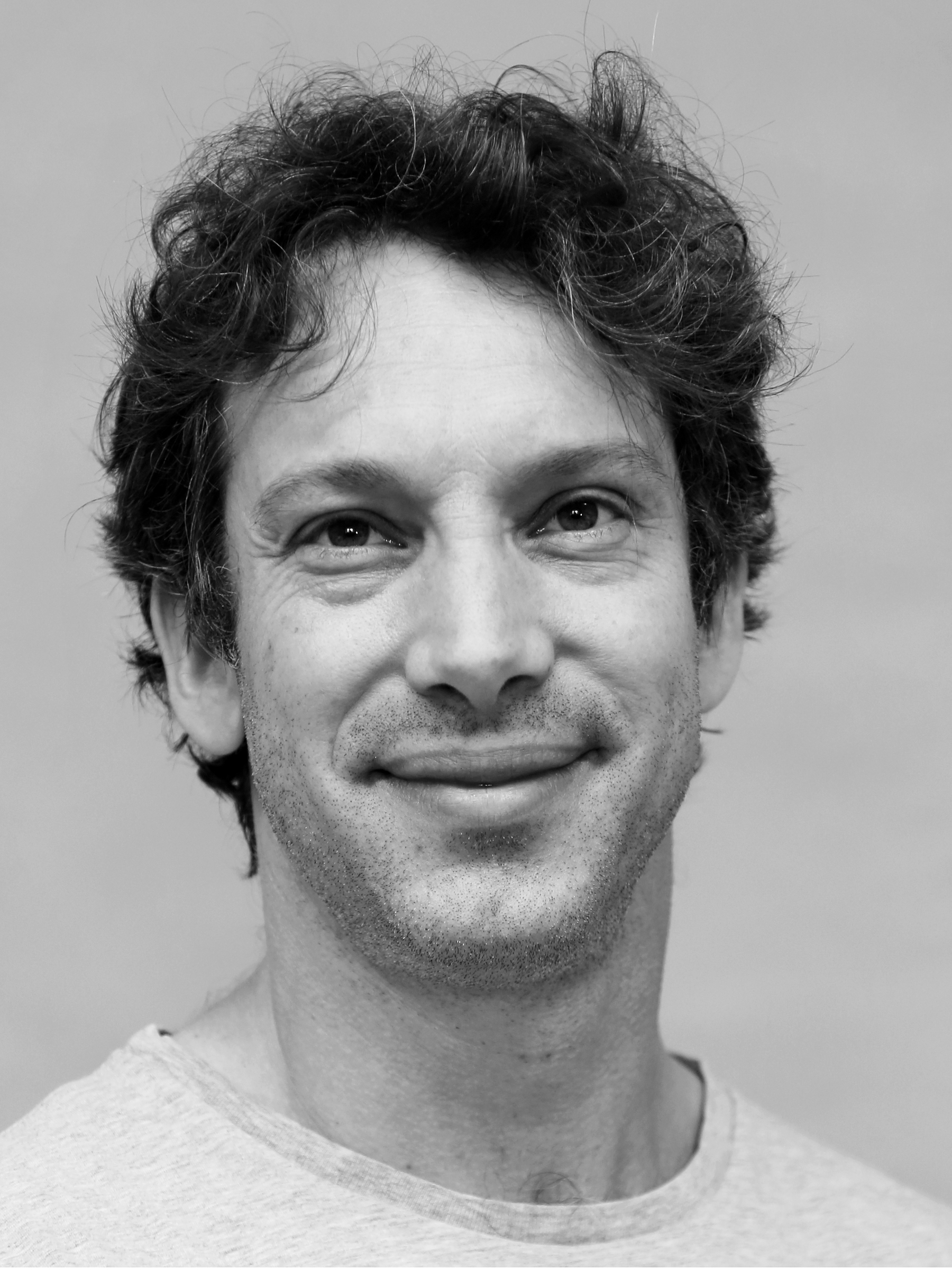When Japanese violinist Shinichi Suzuki moved to Germany in the 1920s, he quickly discovered the challenges of learning a new language as an adult. Young children, he noticed, did not seem to face these same challenges. As he contemplated this phenomenon, he wondered if the same principles of language learning could be applied to the study of music. From this question, the Suzuki method was born.
Suzuki called his new teaching technique “the mother-tongue approach” because it applied the process by which children learn their native language to musical learning. Many characteristics of native language acquisition have become staples of the Suzuki method today. These include:
Parental Involvement: In the Suzuki method, parents are deeply involved in their child’s musical development. They attend lessons with the child and directly participate in the learning process. This allows them to be active in the musical growth of their child and instills a sense of cooperation and support in the student. At home, the parent acts as a teacher, encouraging practice and creating a positive learning environment with help from the Suzuki teacher.
Early Start: Children learning the Suzuki method often start at the age of three or four, using smaller versions of traditional instruments. This allows them to learn music at a time when they are still learning to read and communicate. This facilitates the “mother-tongue approach,” permitting children to develop musical skills in the same, natural way they develop language skills. A child’s native language eventually becomes second nature, and the Suzuki method aims to foster this same ease in musical learning.
Listening and Repetition: A pillar of the Suzuki method is the lack of written music at the onset of learning. This allows the child to hone his or her listening skills before learning to read music. It also encourages the importance of a beautiful tone and rich sound as a crucial foundation. Children don’t learn to speak by reading, but instead learn through listening to others and repeating. Suzuki teachers apply this same approach in lessons, drawing heavily upon repetition and ear-training. It is never too early to start listening to the repertoire, and many Suzuki parents play music for their children before they begin lessons.
Positivity: A positive learning environment, both inside and outside of lessons, is crucial for a child’s musical development. Parents and the teacher work together to create this environment, bolstering and encouraging the student to improve. Just as parents respond positively when a child says a new word for the first time, they should also respond to a child’s musical growth with affirmation. Through the Suzuki method, parents learn how to be effective teachers for their children at home, often leading to both musical and social progress for the parent and child.
Interactive and Group Learning: Through repetition, sound-based learning, and parental involvement, Suzuki students learn the importance of interaction with teachers and parents. However, a staple of the Suzuki method is also the interaction with other Suzuki students. Group classes and ensembles allow students to gain skills and musical depth by drawing upon shared learning experiences with others. Suzuki students across the world play together regularly.
PCM Suzuki Offerings
PCM students are lucky enough to have access to several Suzuki learning opportunities. PCM offers private Suzuki lessons in violin, viola, cello, and piano.
Students may also participate in group classes, which can be designed to accommodate the needs and interests of students involved.
PCM Suzuki Faculty
Violin:
Violin and Viola:
Cello:
Piano:
New England Suzuki Institute:
PCM students are also very fortunate to have the New England Suzuki Institute (NESI) camp in Standish, Maine, right in their backyard. NESI’s camp is a week-long opportunity for hundreds of Suzuki students, including many from PCM, to play and grow together on various instruments. For more information, visit the NESI website at http://www.newenglandsuzukiinstitute.org/.
PCM Students at NESI 2017:
For more information about the Suzuki Method, go to the following pages:

For more information about Suzuki at PCM:
Meaghan LaSala, Registrar
207-775-3356 | info@portlandconservatoryofmusic.org





